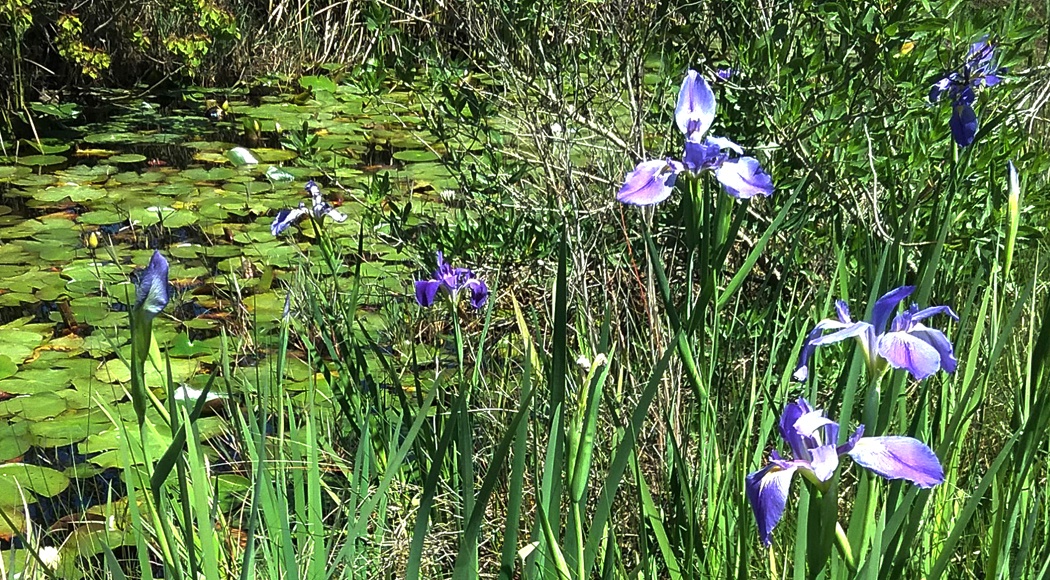Many gardeners enjoy planting a variety of rhizomes, tubers and bulbs throughout the year. Collectively all of these plants are considered “bulbous.” Spring and summer bulbous ornamental plants are very popular in the South and are among the easiest flowers to grow successfully. Favorites include iris, amaryllis, caladiums, gladiolus, gingers, lily, spider lily and daylily. Most of these are considered perennials, meaning they will rebloom year after year.
Rhizomes – also called rootstocks – are thickened stems that grow horizontally as they travel on or just below the soil surface and send stems above ground. Tubers are underground stems that store food. A true bulb is a complete or nearly complete miniature of a plant encased in fleshy, modified leaves called scales which contain food reserves.
Most bulbous plants like at least six or more hours of direct sunlight. Adequate drainage is critical as these plants do not like wet feet, although some (especially lilies) will tolerate somewhat moister conditions. Specific information on planting times, growing conditions, and other considerations is available on the LSU AgCenter website (lsuagcenter.com).
Once the blooms have faded, don’t trim back the foliage immediately. Bulbous plants use the foliage to produce food which is stored for growth next season. Leave the foliage attached until it begins to yellow, then cut and toss it into your compost pile. Some bulbous plants can remain in the garden while dormant over the winter but others do best when dug up and stored in a cool, dry place. If the plants are getting crowded, divide them and spread them across your garden or pass along to neighbors; do this while plants are dormant in early spring.
With proper planting and minimal attention these herbaceous perennials will be a great addition to your garden for years to come. Happy gardening!






